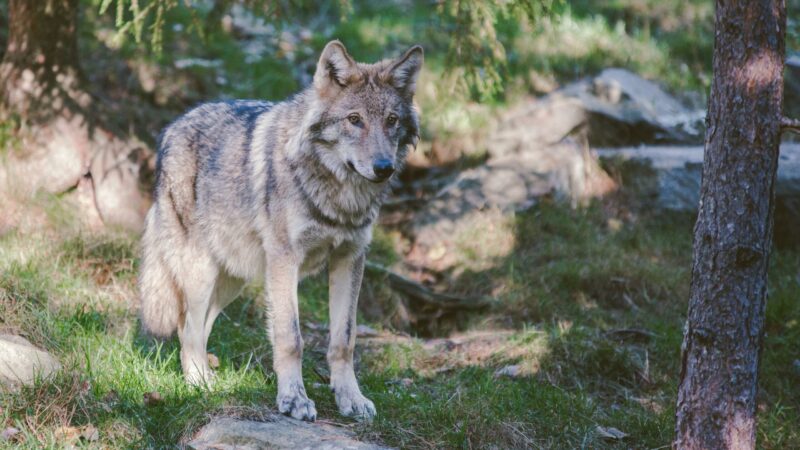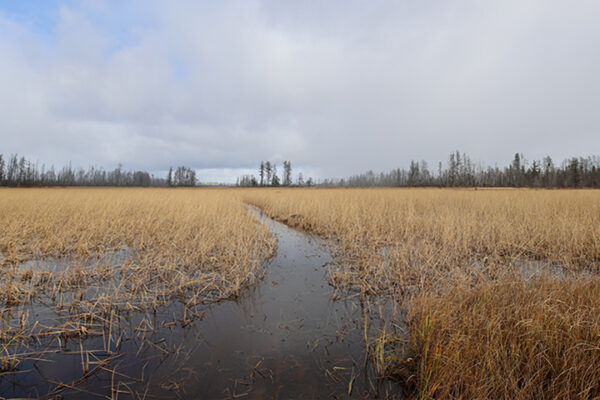DNR finalizes wolf management plan, learn what it means for deer and moose in northern Minnesota
After a lengthy process, the Minnesota Department of Natural Resources (DNR) has updated and finalized the 2001 wolf management plan.
The plan was released towards the end of December 2022 and will guide wolf management in Minnesota for the next ten years.
The updated wolf management plan provides a historical look at wolves in Minnesota and includes guidance on wolf population monitoring, population management, depredation control, public safety, and more. The plan also sets out a framework for future decisions regarding a wolf hunting or trapping season should the wolf be removed from the federal Endangered Species Act (ESA).
On Feb. 10, 2022, gray wolves in the contiguous 48 states and Mexico, with the exception of the Northern Rocky Mountain population, were relisted on the ESA as threatened.
Dan Stark, the large carnivore specialist with the Minnesota DNR, said wolf populations across Minnesota have been relatively stable over the last several decades. While populations have fluctuated slightly since 2014, the population estimate remains around 2700.
However, Stark said, “We’ve hit that carrying capacity.”
Stark explains that wolf populations are driven by prey availability and what the landscape can support. He said the Minnesota landscape is at its limit with diminishing deer populations and struggling moose populations, particularly in the northeast region.
“When you look at that on a more local scale, it certainly has more influence,” he said. “Moose numbers are declining or being impacted.”
“Maybe lowered wolf density would help bring those numbers up to a level that’s going to get them over a hurdle,” Stark said.
The DNR estimates that the moose population lingers between 3000-4000. Compared to upwards of 8000 in 2005.
The updated wolf management plan states that moose in northeastern Minnesota appear to be declining primarily due to high mortality, fewer breeding-age females, and reduced numbers of calves surviving to adulthood. The plan also states that in the northeast, wolf predation is the leading cause of death for moose calves during their first 30-50 days of life.
Stark said the plan does not outline a minimum population threshold for deer or moose, which would trigger a reduction of wolf populations in the region. However, he said, research is currently being conducted on deer in the state’s northeastern region that could help influence wolf management.
“But of course, we don’t really have any ability to do that until wolves come off the Endangered Species list,” he added. “So it’s going to take some time.”
Stark said the DNR estimates that the current density of wolves is one wolf per ten square miles. “It’s one of the highest densities in North America. We continue to have the highest wolf population of any state in the lower 48.”
The Minnesota DNR will assess the current wolf management plan in five years to see if any changes should be made or adopt a different management approach. Until then, Stark said the current wolf management plan “gives us a good framework for moving forward.”
Read the updated wolf management plan here.
WTIP’s Kalli Hawkins spoke with Dan Stark, the large carnivore specialist with the Minnesota DNR, about the updated wolf management plan. The audio from the interview is below.














